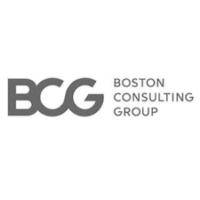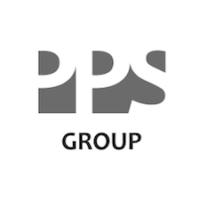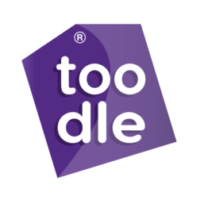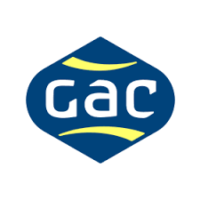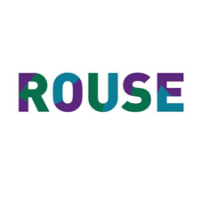Agile Performance Management: “To review or not to review?”
March 31, 2016
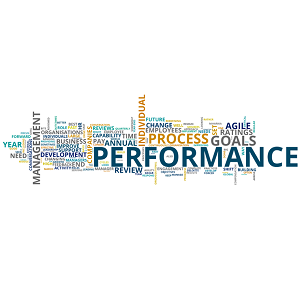
Agile Performance Management
“To review or not to review? The case for performance and change management and how to overcome the waning importance of the pay review”
by Niharika Davar – Senior Associate | Human Capital Management, March 2016
It’s that time of year again….
HR departments are winding up their annual performance review cycles, trying to compile ratings and get decisions and approvals for annual pay increases – or not. The feverish activity most likely started a few months ago with emails and follow up chasing line managers to complete performance reviews, fill up forms online or on paper.
The end goal quite often is to arrive at a set of ratings that will form the basis for annual pay reviews. More often than not these end up being a small percentage of pay leaving many employees dissatisfied. Where then is the process serving to improve performance, motivate and engage employees or build capability to achieve organisational objectives?
Are the outcomes really worth the organisational time and energy that has gone into this process? More and more organisations are coming up with a resounding “no”. A Deloitte survey showed that just 10% of respondents believe that the process is a good use of their time.
In a world where uncertainty prevails with cycles of boom and bust getting shorter, the so-called time-tested annual goal-setting exercises and backward looking assessment processes no longer seem to fit.
As companies recognise that leadership, employee engagement, building capability and agility to respond to ever changing external stimuli are critical to success and survival, they also realise that effective performance management is a key lever. Done well, it can drive high individual performance and engagement, impact organisation results and be a process that individuals and their managers look forward to.
A fresh approach to managing performance is critical. The way forward is to keep the good bits of the traditional model and ditch the bits that don’t directly relate to improving individual performance and building capability.
Companies leading this transformation are redefining the way they set goals, develop employees and assess performance. But what might this new agile avatar of performance management look like?
AGILE AND ALIGNED GOALS
Traditionally individual goals are set once a year on the basis of the annual business plan/financial budget. While the connection is somewhat nebulous and individuals sometimes can’t see where they fit into the big picture, let’s assume for a minute that the “cascading” of goals has been done well.
In most performance management systems these goals cannot be changed and we might arrive at year-end review to find that a large part of the activity during the year has only a remote linkage to the set goals.
In a world where the past no longer accurately predicts the future, the annual budgeting process has become somewhat akin to crystal ball gazing. While quarterly business reviews allow for course correction, individual goals remain static. A sure recipe for year-end confusion, gut feeling “halo” or “horns” ratings and loss of credibility for the process.
In recent research, Deloitte concluded that companies who manage goals quarterly generate 30% higher returns from that process than companies who manage them annually
HOW DO WE MAKE THE PROCESS AGILE?
Individual goals should be reviewed and adapted regularly to stay relevant and keep up with changing business needs, with a focus on approach and behaviours to deliver improved out comes: the “how” to support the “what”.
While the high level purpose and outcomes of a role would remain the same, the measurable objectives need to change dynamically to respond to changing internal and external conditions. Individuals need to have clarity and alignment on the role they play in the business and understand the expectations of various stakeholders. Goals should be specific, collaborative and qualitative with financial/volume and activity targets serving as a point of reference for the best possible achievement.
REGULAR CHECK-INS AND FREQUENT FEEDBACK
Regular structured one to one conversations between manager and team members need to replace mid- and end-of-year reviews. The conversation should be a dialogue during which goals and progress are reviewed, challenges are dis cussed, and agreement reached on how to do better.
The individual’s fitness for current and future roles, development needs, and progress are an essential part of the conversation.
The manager acts as a coach, listening, reflecting and supporting the individual to come up with solutions to continuously improve performance and build for the future.
Feedback should be real-time so that employees know how they are perceived and what they need to change.
FUTURE FOCUS
An effective agile performance management process is forward looking with greater emphasis on growth and development for the business and individual rather than a post-mortem evaluation of the past.
SEPARATED FROM COMPENSATION
Performance conversations which happen once a year, with an end goal of providing a rating as input for a pay review, are not conducive to openness and honesty. Much of the time is spent talking about the ratings themselves sometimes deteriorating into a tug of war between manager and employee. They tend to drive alienation rather than collaboration within teams.
Companies that remove ratings are seeing the conversations shift from justifying past performance to thinking about growth and development. The result is better employee development, engagement and motivation.
Performance ratings and forced ranking are going out of the window with a growing belief that reducing human beings to numbers or factors and forcing them into a bell curve is counter-productive.
EXECUTING CHANGE
The shift to redefining performance management as a continuous, forward-looking, agile process designed to improve results and support employees to be the best they can be is gaining traction. Large global organisations are leading the way, including Adobe, Accenture, Microsoft and even GE, long seen as the leader in performance ranking and forced distribution.
It is seen as the next big move for HR whose role will change from driving and monitoring a year end form-filling and compliance process to facilitating high performance, developing managers’ coaching and feedback skills and providing real time support for just-in-time training and development.
IN CONCLUSION
While there can be no argument that agility, continuously improving performance and building capability are the need of the hour, the discussion is not complete without acknowledging that this also means a radical shift in compensation and reward practices.
Interesting and exciting times ahead for HR!
Contact us on human.capital@accelerateevolution.ae to discuss how we can help your organisation develop, implement and maintain an Agile Performance Management system.
To read the original article, published in Logistics News Middle East – March 2016 – click here
Popular Tags
- business operations management change management coaching & training commercial operations management Finance & GRC GEIT human capital management Information Technology interim management IT Governance Legal management advisory Marketing & Positioning project management Regulatory strategy & business transformation supply chain & logistics













